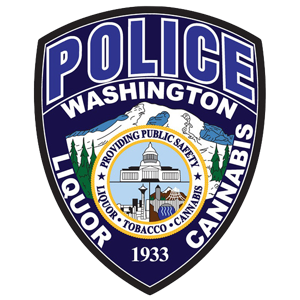The Washington State Liquor and Cannabis Board (WSLCB) is the primary adult use cannabis regulatory authority in the State of Washington. The executive agency, which also regulates alcohol, tobacco, and vapor products in Washington state, is overseen by a three member board appointed by the Governor to six-year terms. The Board holds regular public meetings and work sessions with stakeholders, makes policy and budget decisions, and adjudicates contested license applications and enforcement actions on licensees. Board members are also responsible for hiring the agency's Director, who manages day-to-day operations.
LCB Action: E2SSB 5367 (“THC bill”) Rulemaking Workshops
As part of the Liquor and Cannabis Board’s (LCB) ongoing rulemaking to implement the legislation, the agency is holding a series of virtual rule workshops in March and April to discuss and gather feedback from interested parties on draft proposed rule language that is being considered.
...
Topics/Rule Sections for Discussion
WAC 314-55-102 (Quality assurance and quality control) and WAC 314-55-109 (Cannabinoid additives)
from the event announcement (Mar 15)
